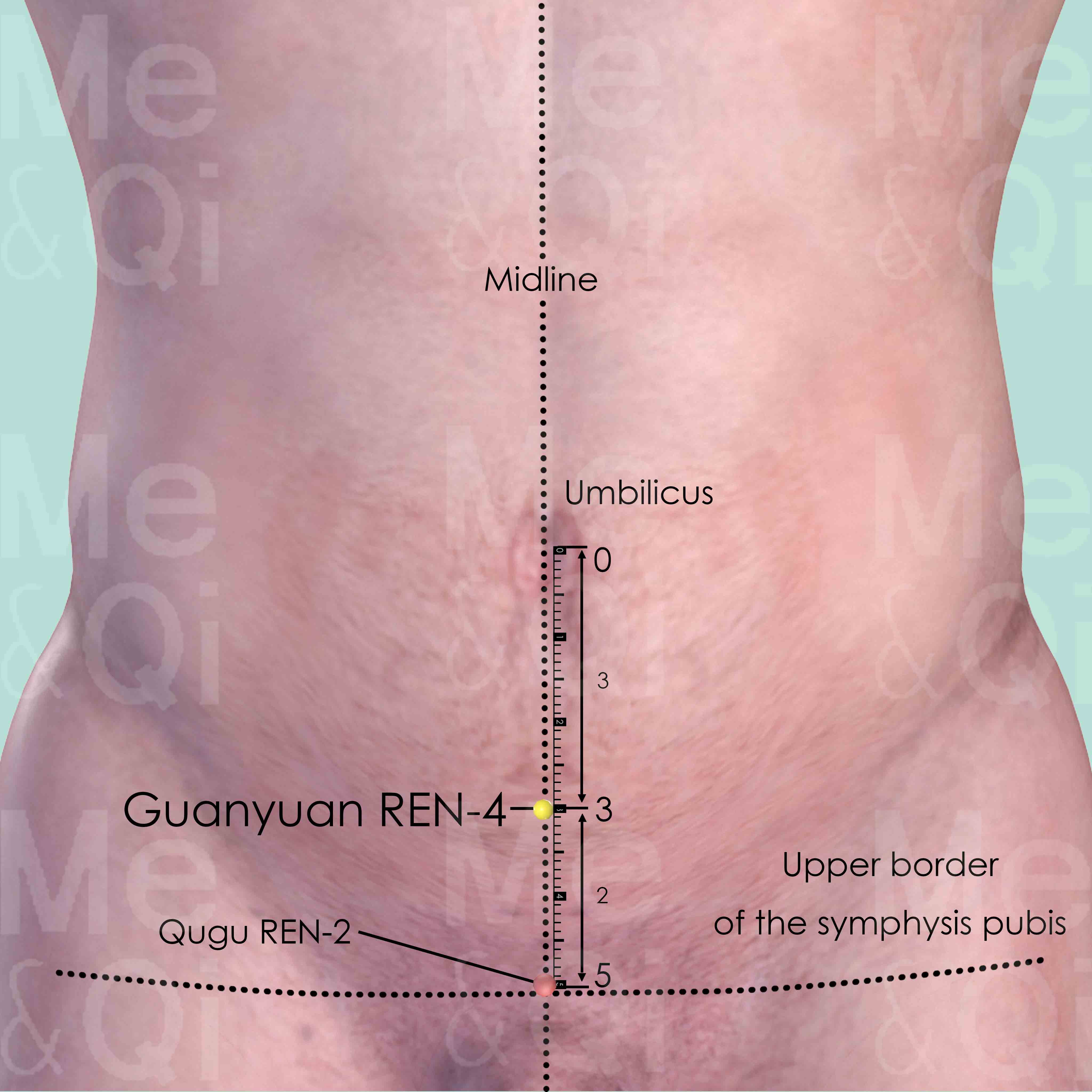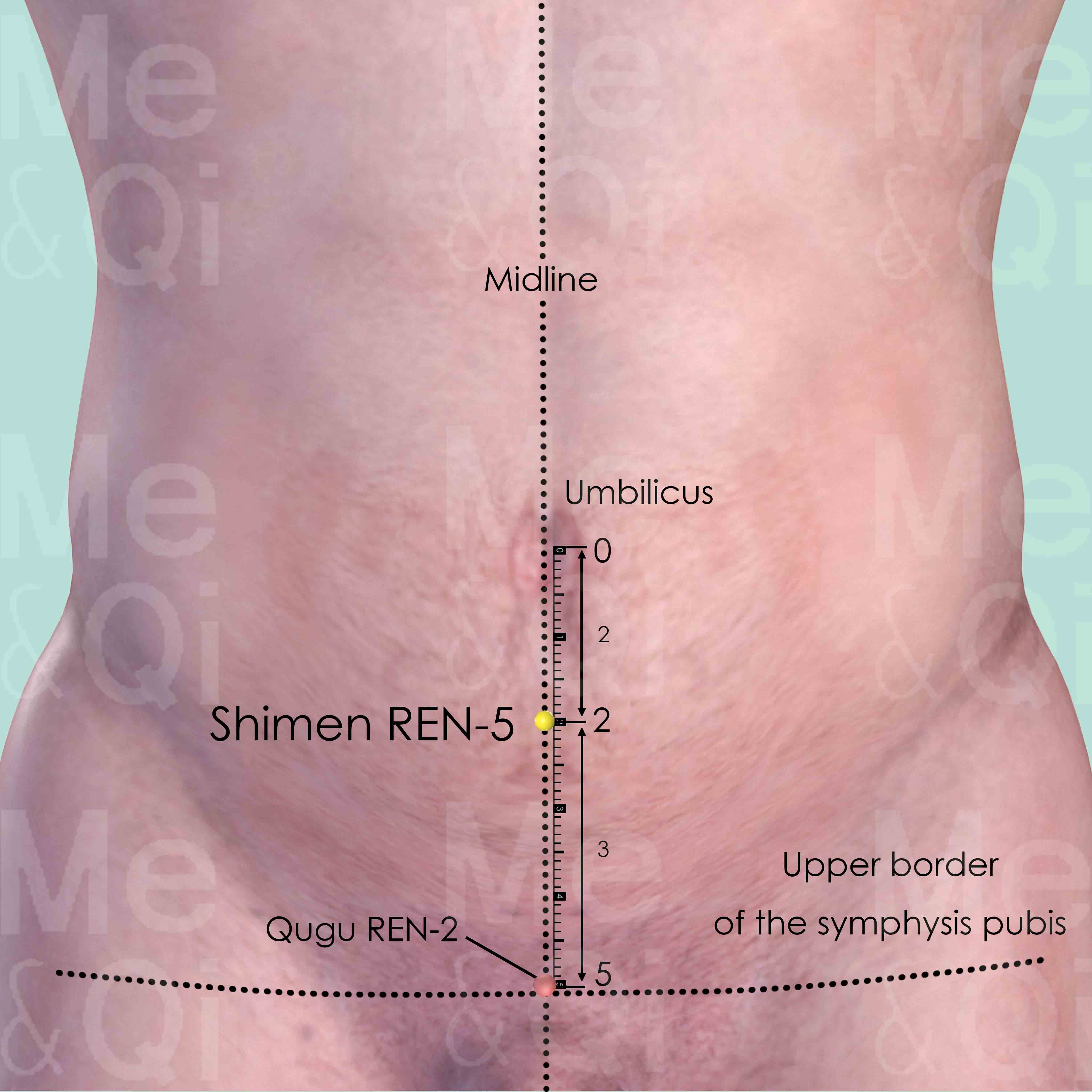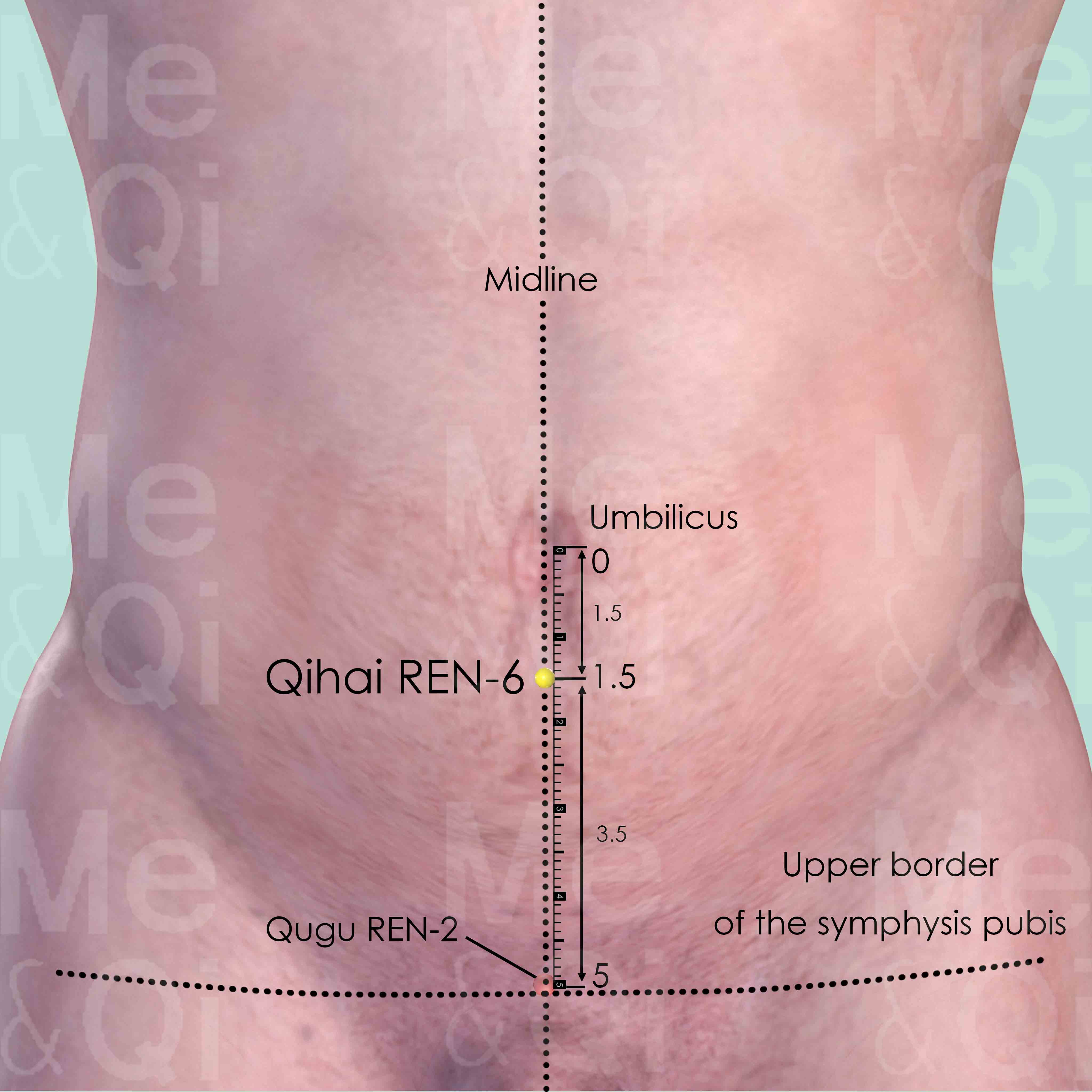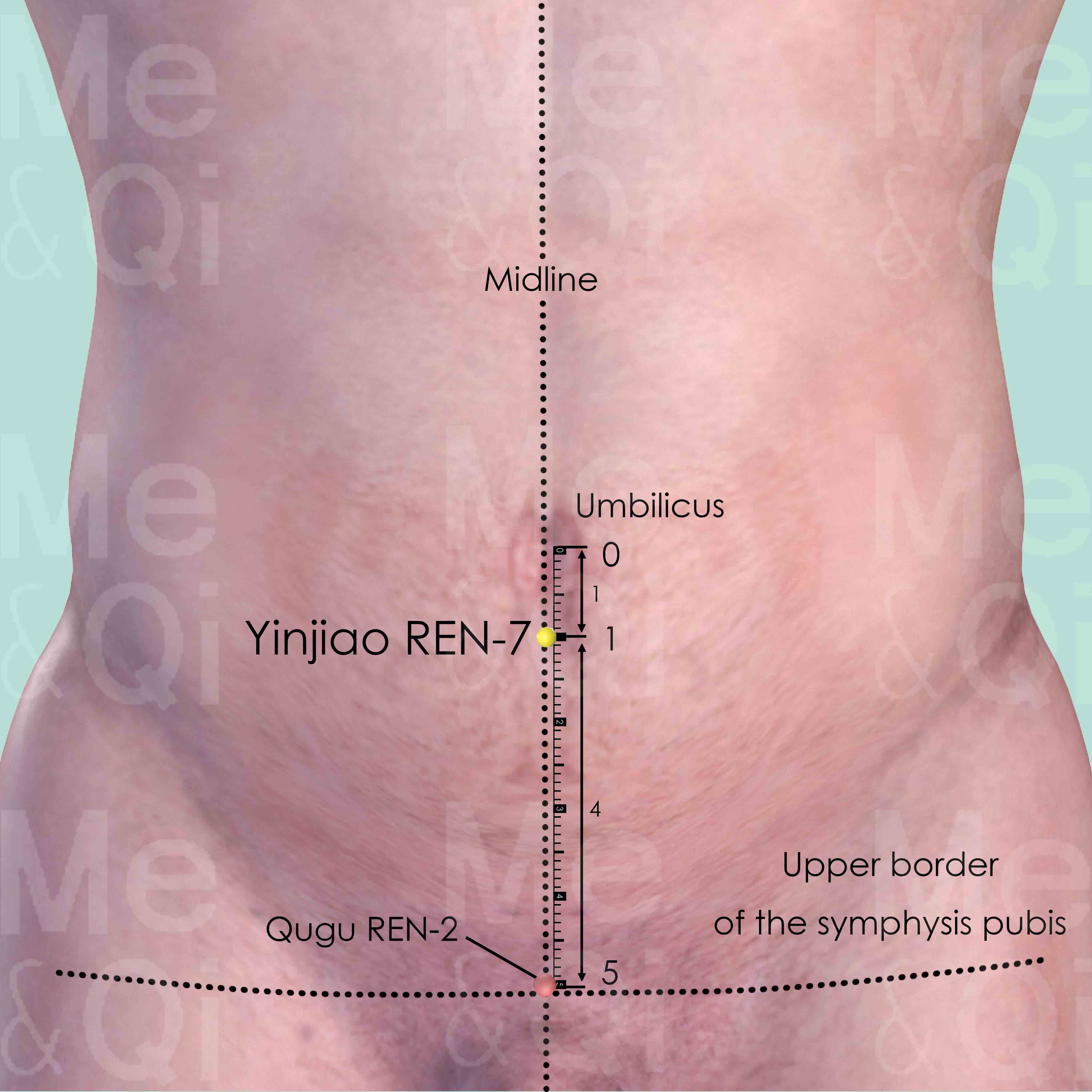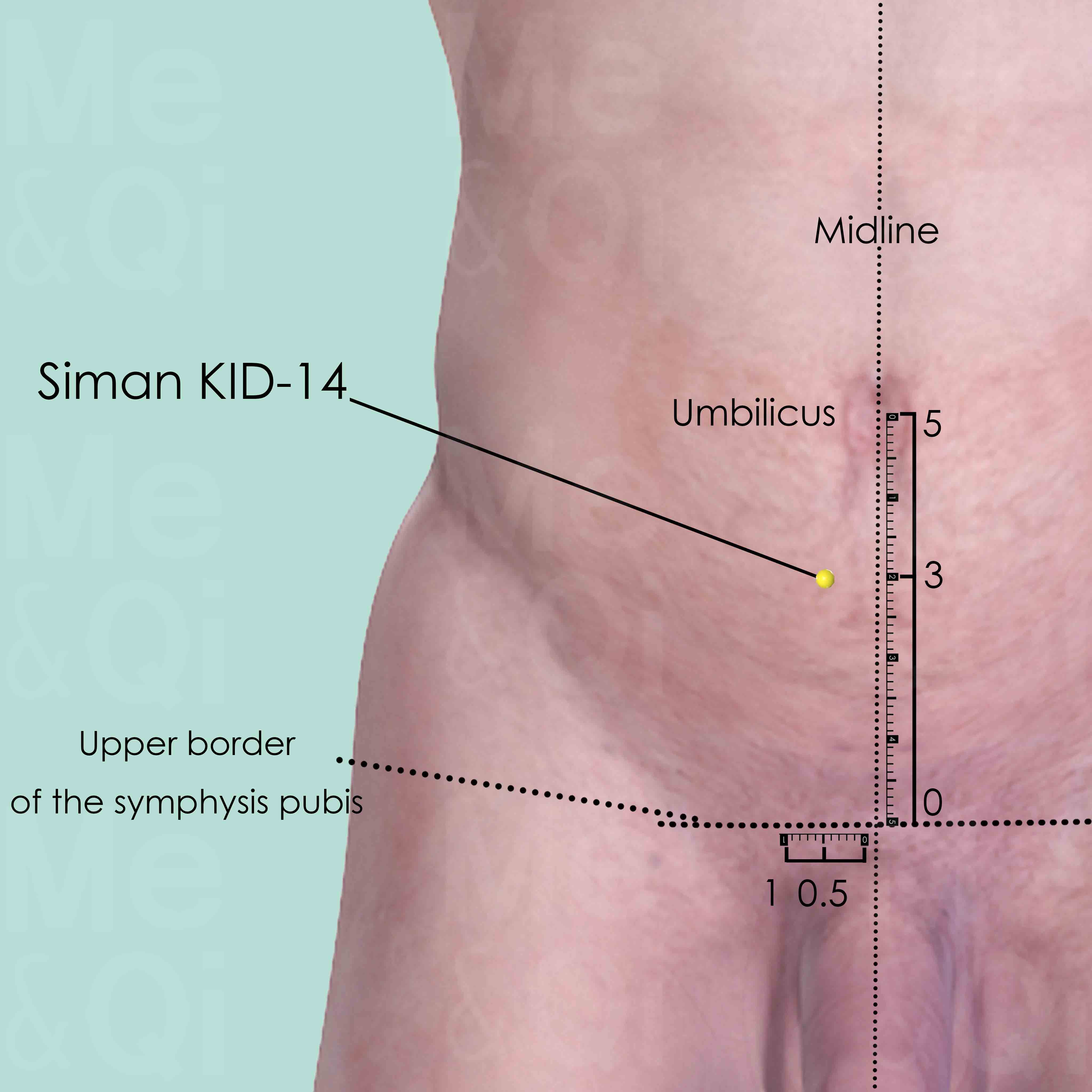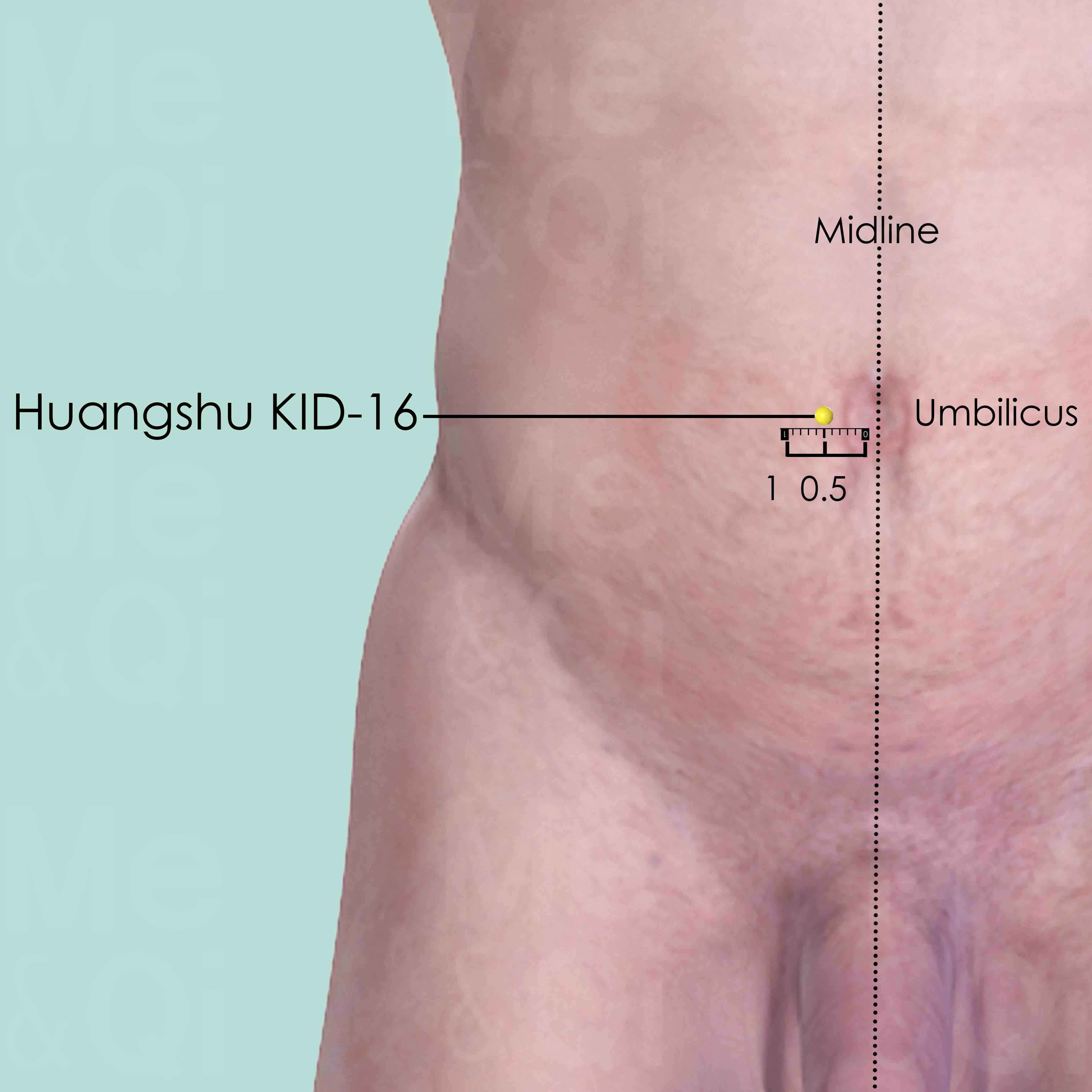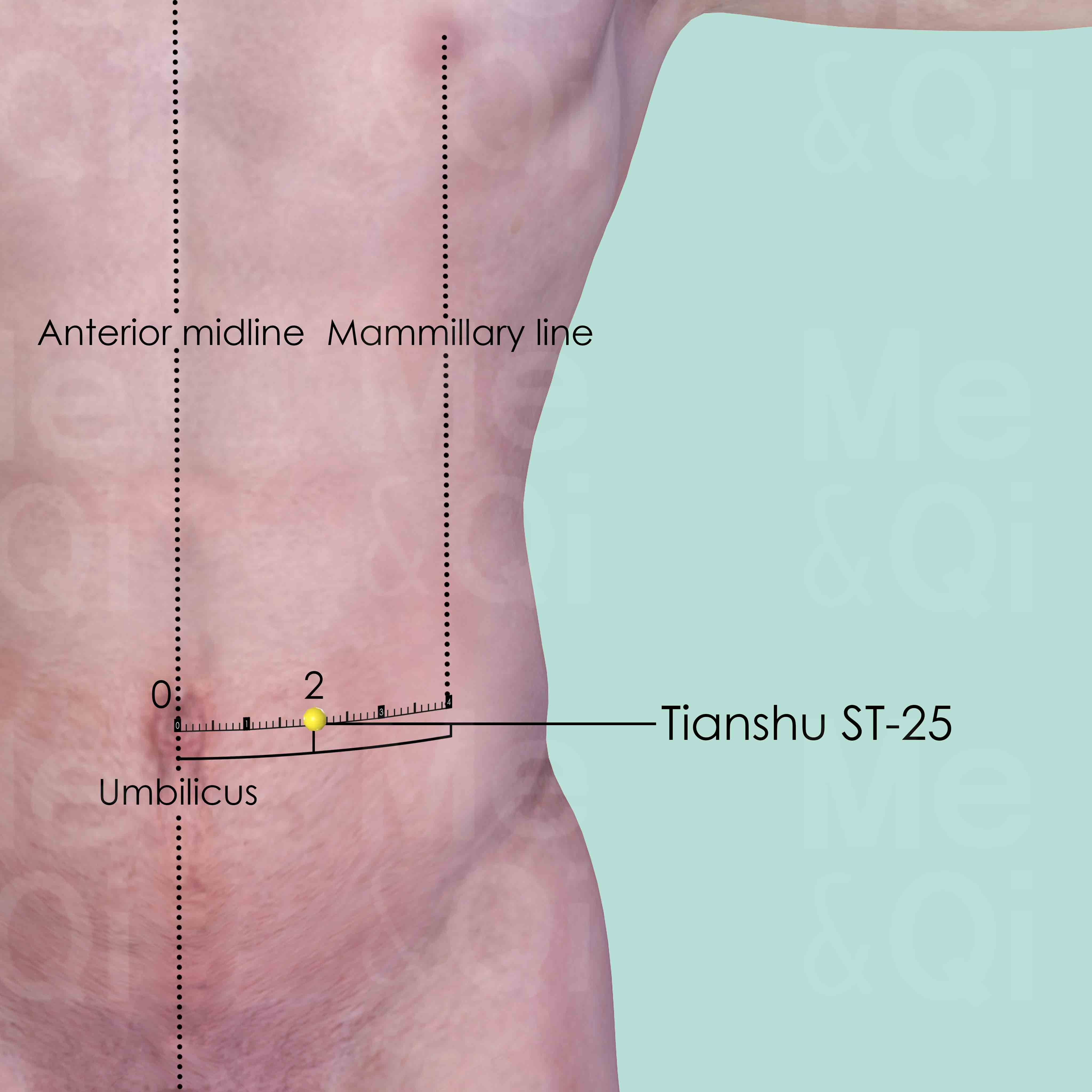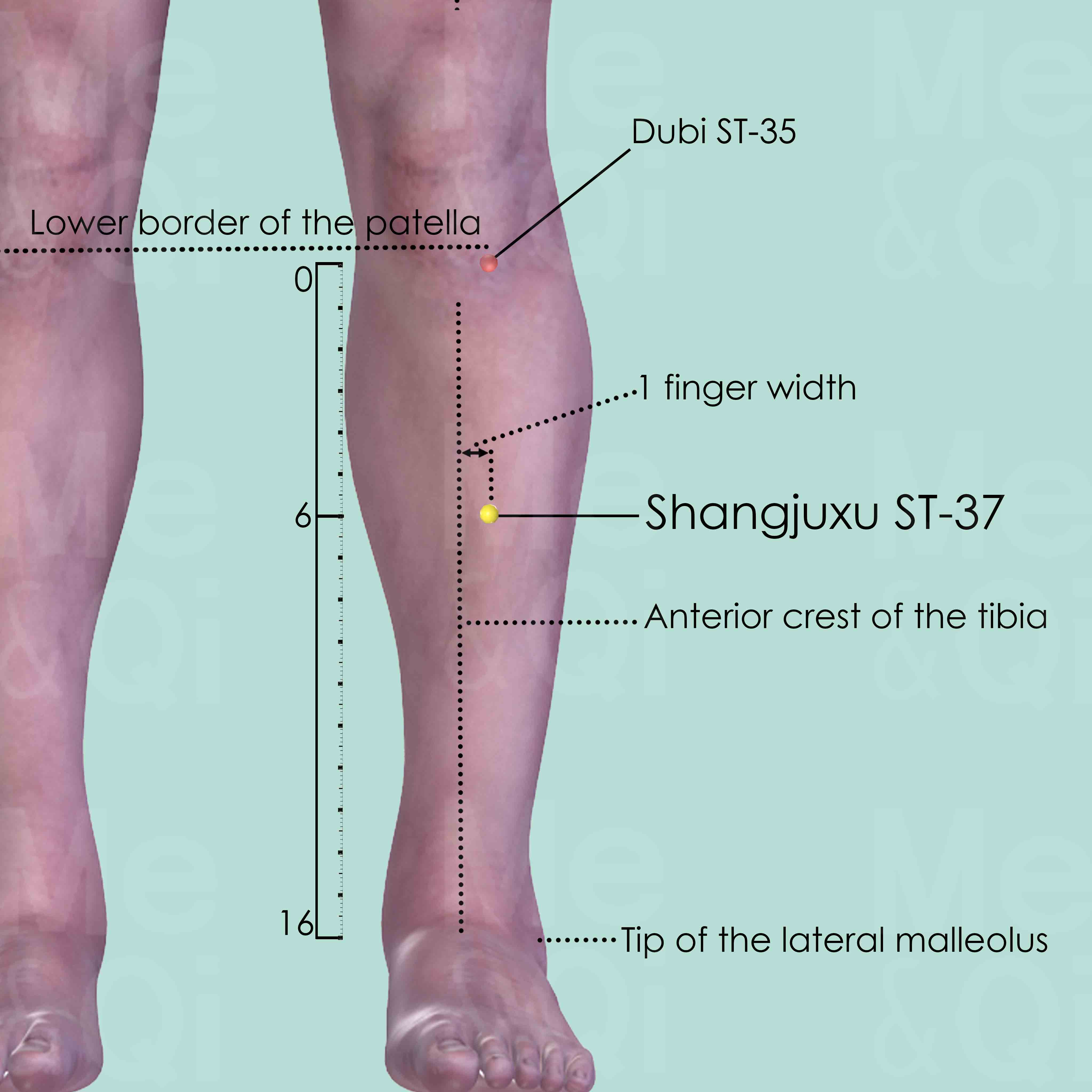Umbilical Painaccording to TCM
Symptom family: Lower Abdominal Pain and Discomfort
Parent symptom: Lower Abdominal Pain
Did you mean? Periumbilical Pain
Root Causes of Umbilical Pain in TCM
Explore below more details about what might cause Umbilical pain according to TCM.
- By Syndrome
- Blood Stasis
Blood Stasis
Blood Stasis in TCM is a concept where the blood flow in the body is not as smooth or efficient as it should be. Imagine a river that's supposed to flow freely, but instead, it's getting blocked or moving too slowly in some parts. This can lead to various health issues, like pain that feels sharp or stabbing, dark bruises, and a complexion that looks purplish. TCM believes that good health relies on the smooth and vibrant flow of Qi and blood throughout the body, so when blood gets stuck, it's like a traffic jam in your body, leading to discomfort or health problems.... see more
Blood Stasis Patterns That Can Lead to Umbilical Pain
| Pattern Name | Relevant Symptoms | Relevant Formulas |
|---|---|---|
| Blood Stagnation in the Directing and Penetrating Vessels | Umbilical pain, Irregular periods, Brown vaginal discharge, Dark menstrual clots, Menstrual cramps, Dark menstrual blood, Prolonged lochia, Lower abdominal pain, Breast engorgement, Breast pain, Anxiety... see more | Gui Zhi Fu Ling Wan |
TCM Herbal Formulas for Umbilical Pain
See more details below about Gui Zhi Fu Ling Wan, a herbal formula used to address umbilical pain.
- By Cause
- By Formula Type
- Blood Stasis
- Formulas that invigorate blood and dispel blood stagnation
Top Formula for Blood Stasis:
Gui Zhi Fu Ling Wan
Suitable for Blood Stasis patterns that may cause umbilical pain, such as Blood Stagnation in the Directing and Penetrating Vessels
Learn moreFormulas that invigorate Blood and dispel Blood Stagnation
These formulas are suitable for some umbilical pain-causing patterns like Blood Stagnation in the Directing and Penetrating Vessels.
One such formula is Gui Zhi Fu Ling Wan, with cinnamon twigs as a key herb.
Acupoints for Umbilical Pain
Explore below some acupoints used to address umbilical pain, organized by meridian.
- By Meridian
- Directing Vessel
- Kidney Channel
- Liver Channel
- Stomach Channel
- Bladder Channel
- Spleen Channel
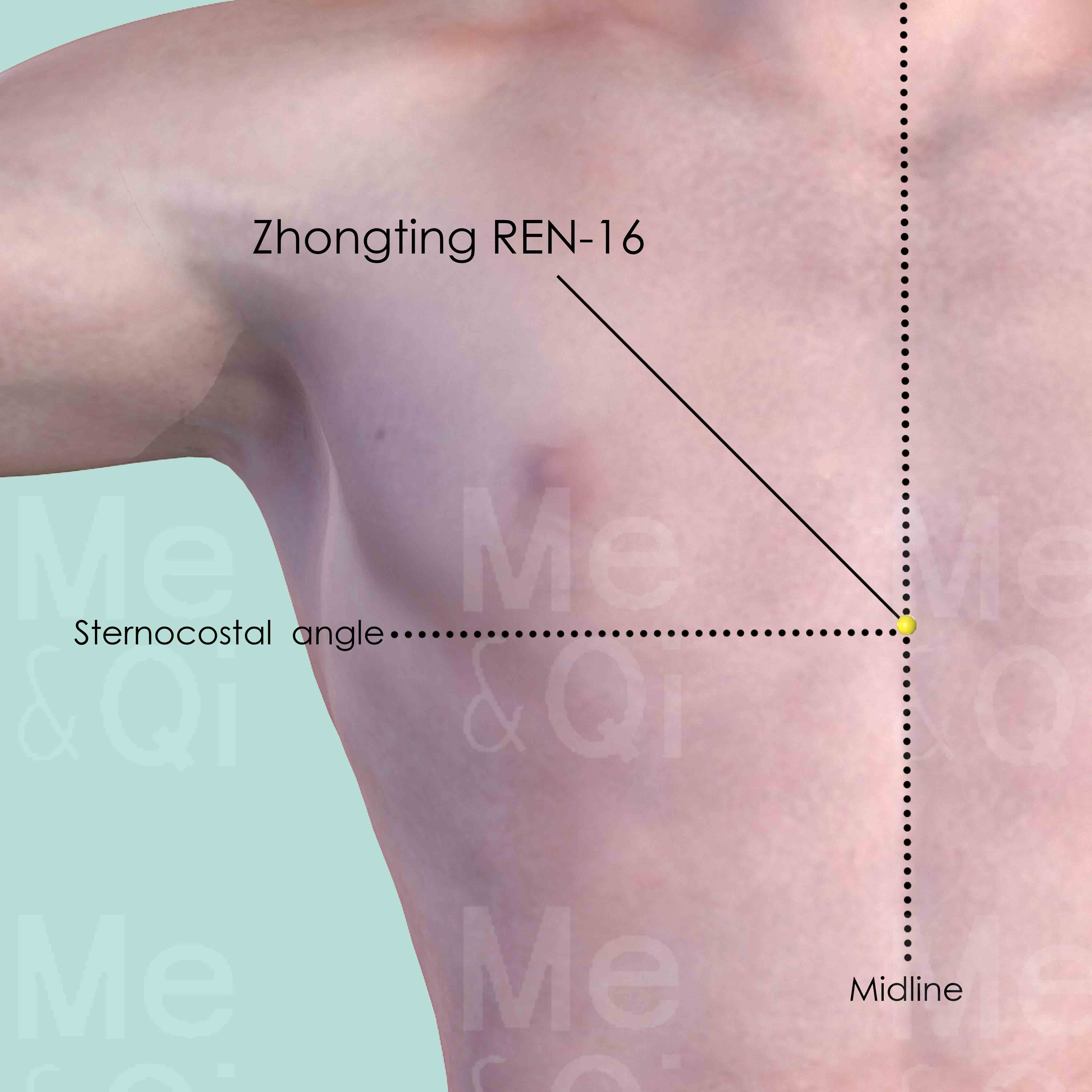
Zhongting REN-16
On the midline of the chest, on the level of the 5th intercostal space. On the sternocostal angle, where the two lower borders of the ribcage meet.
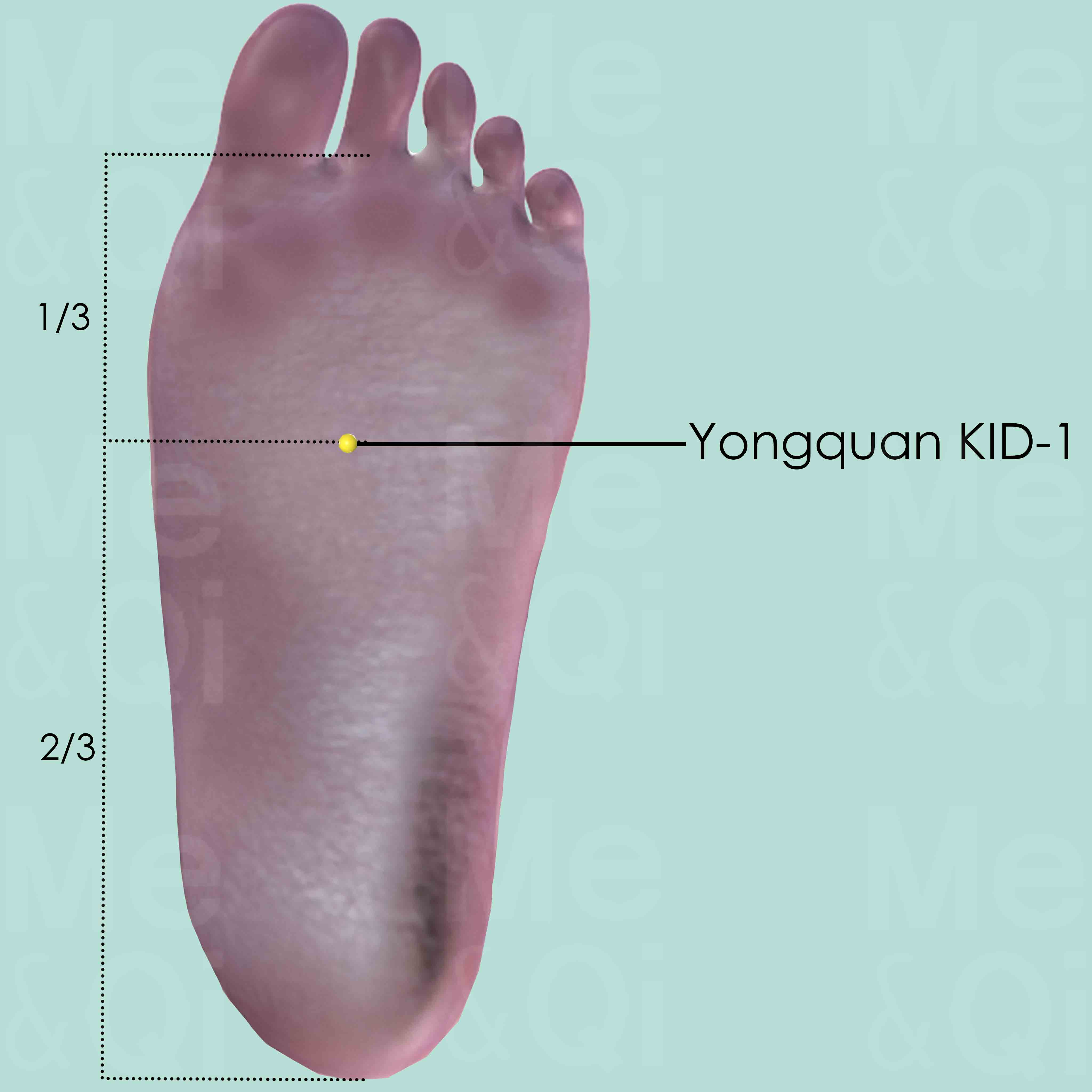
Yongquan KID-1
In the depression between the 2nd and 3rd metatarsal bones on the sole when the foot is in plantar flexion, approximately at the junction of the anterior and middle third of the sole.
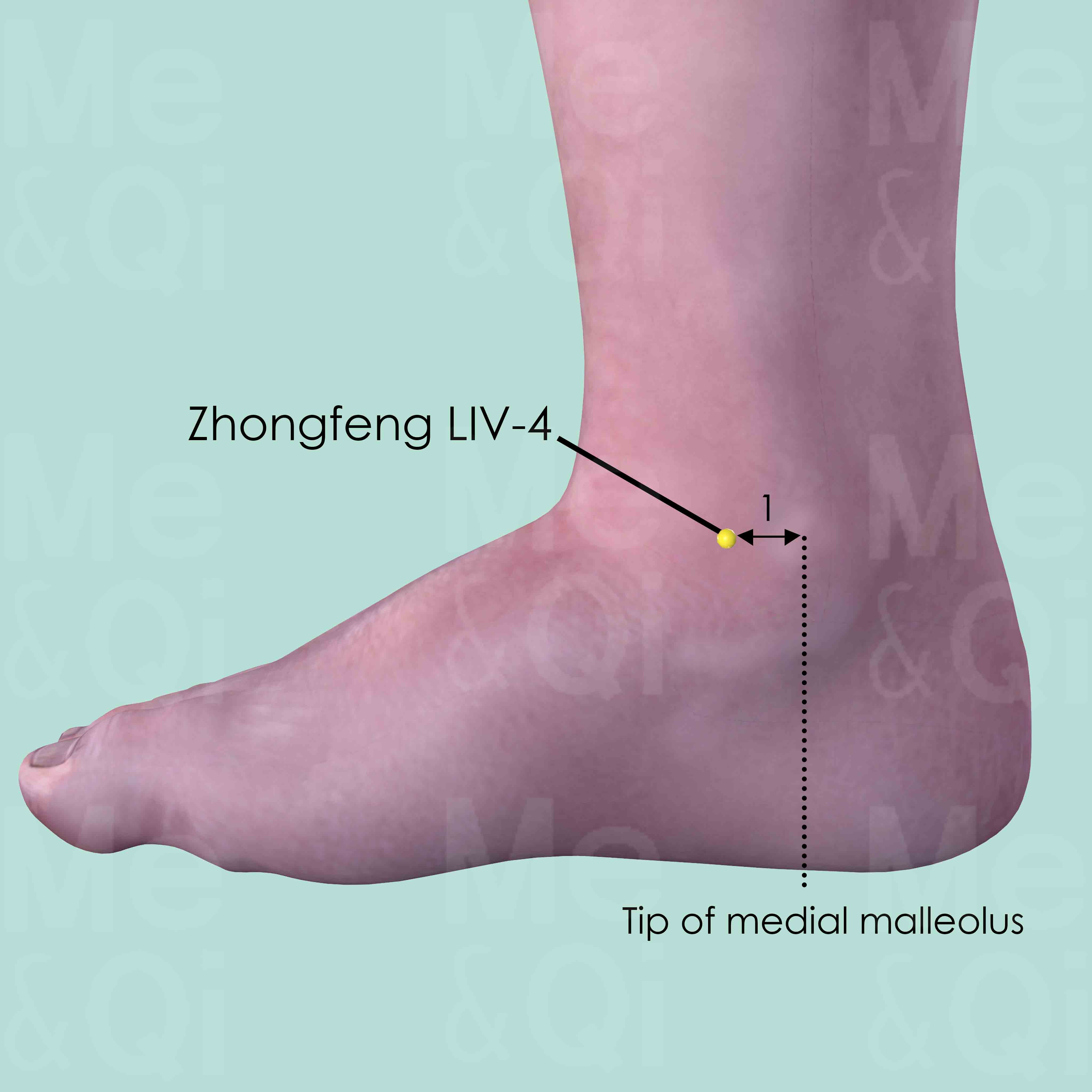
Zhongfeng LIV-4
1 cun anterior to the tip of medial malleolus, in the depression on the medial side of the tendon of the tibialis anterior.
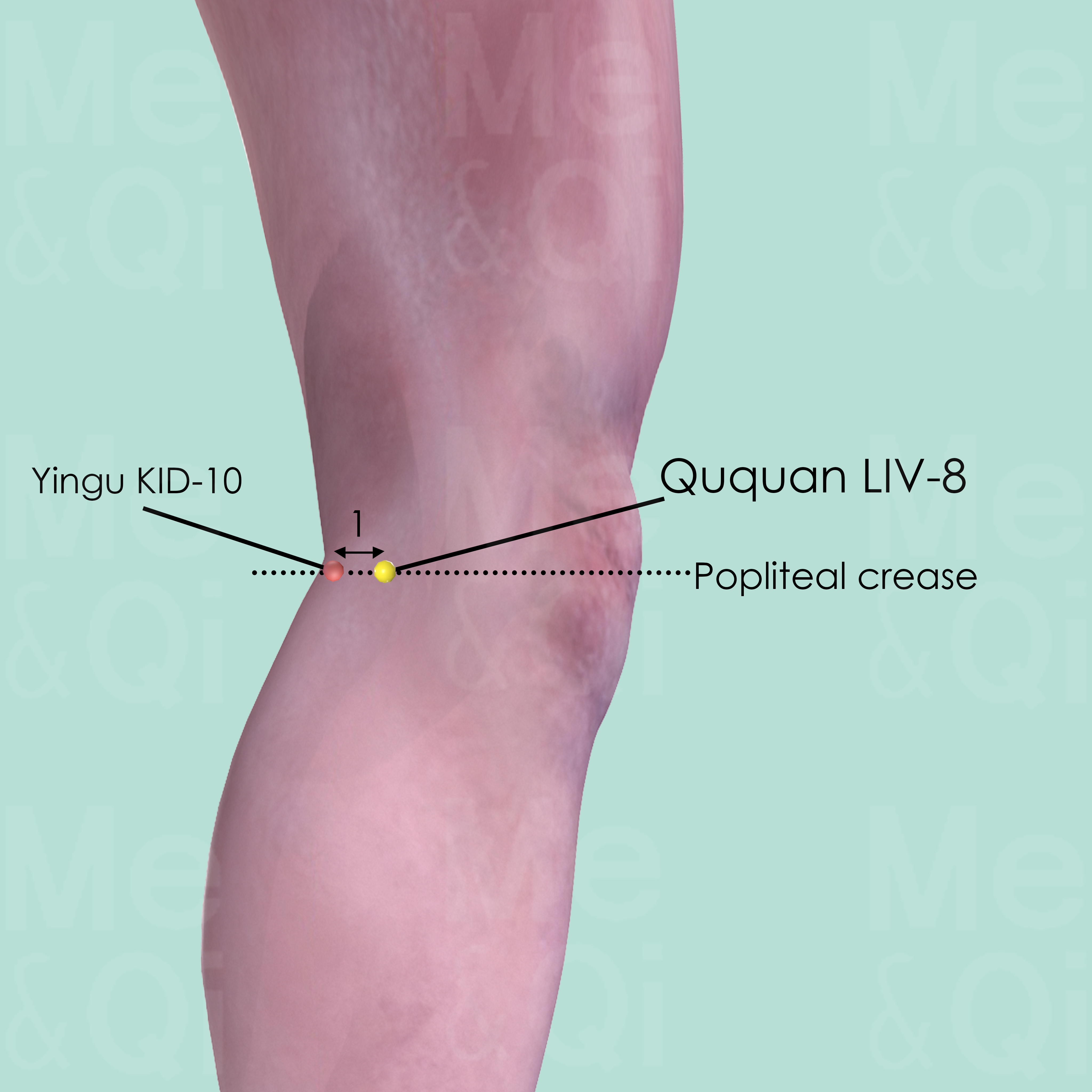
Ququan LIV-8
On the medial aspect of the knee join. Flex the knee and locate the point above the medial end of the popliteal crease, posterior to the medial condyle of the tibia, on the anterior border of the insertion of semimembranosus and semitendinosus muscle, about 1 cun anterior to Yingu KID-10.
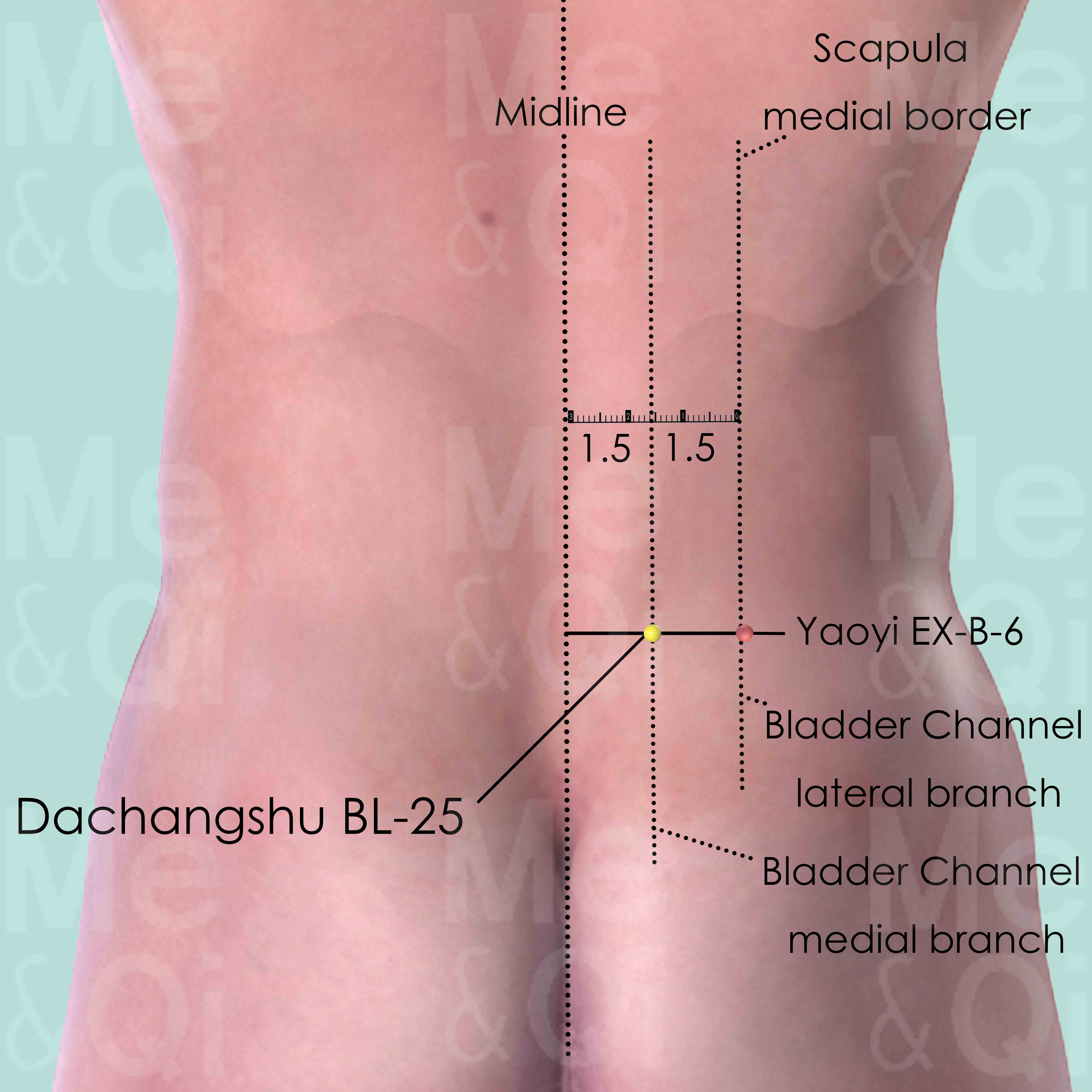
Dachangshu BL-25
1.5 cun lateral to the lower border of the spinous process of the 4th lumber vertebra (L4).
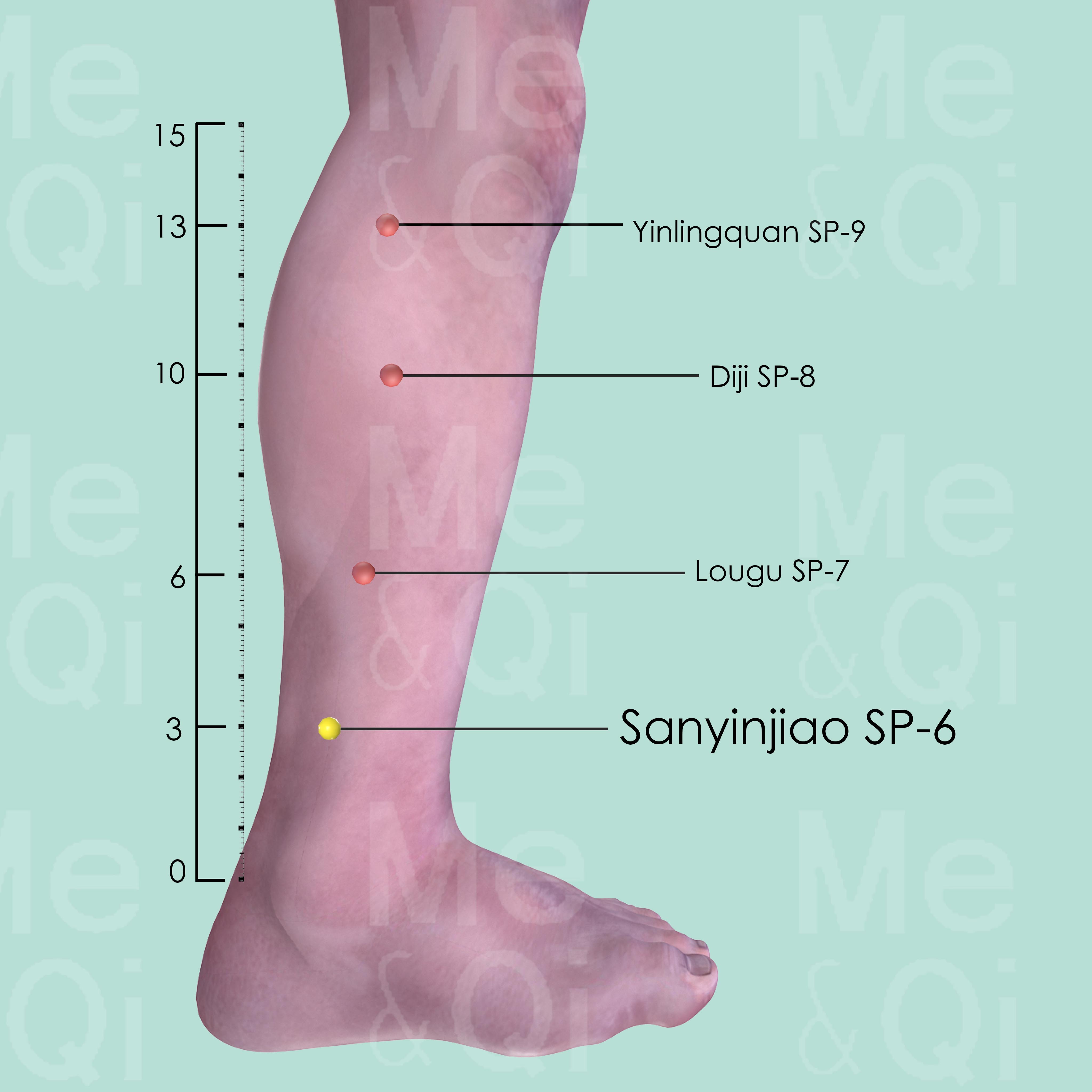
Sanyinjiao SP-6
3 cun directly above the tip of the medial malleolus, on the posterior border of the tibia, on the line drawn from the medial malleolus to Yinlingquan SP-9.

